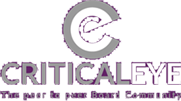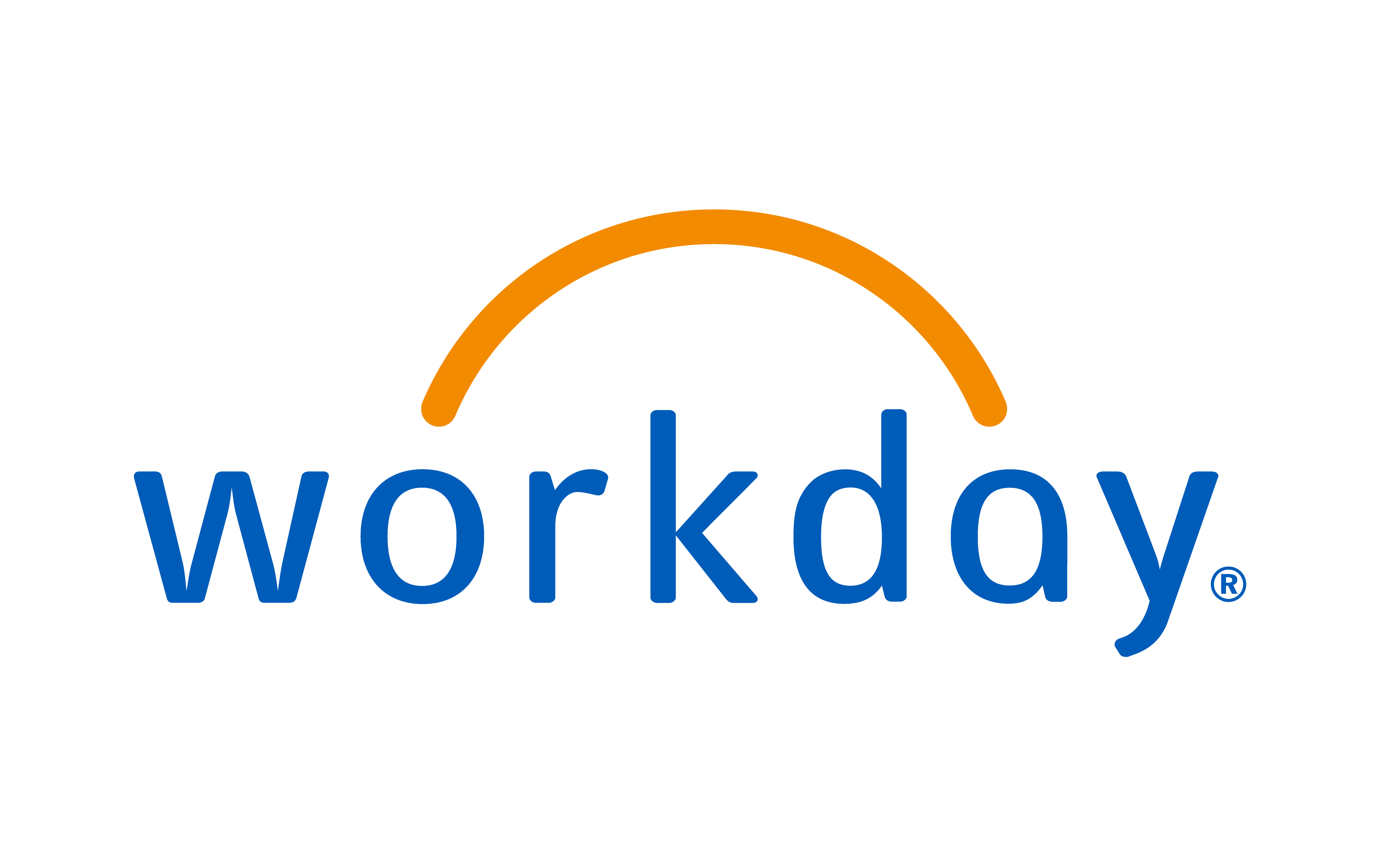
The question of good leadership loomed large over the past 12 months. CEOs and senior executives have been constantly reassessing what skills are required to build teams that can navigate the challenges posed by digitisation, greater levels of global competition and increased regulation.
Criticaleye takes a look at the five priorities to emerge during the course of 2015:
Top Teams Must be Diverse
“Arrogance is a luxury of the past – you need an eye to the future and a governance model that can adapt,” says Neil Berkett, Non-executive Chairman of Guardian Media Group (GMG). “Organisations need to be balanced, you can’t have a board or executive team made up of people who are all exactly the same.”
Paul Matthews, Chief Executive for the UK & Europe at Standard Life, argues that robust debate is essential if new ideas are to be shared. “A team needs a CEO who is focused on humility and long-term delivery… it means sometimes taking a step back and letting other people lead.
“Other times, when things are difficult and no one wants to put their head above the parapet, that is when a good leader [steps up]… It’s also [important to be] open when you are wrong.”
For Susanna Dinnage, Executive Vice President and Managing Director for Discovery Networks UK & Ireland, “a united and ambitious executive team is a huge competitive advantage”.
She explains: “Executive teams are about collectively owning the direction and growth of the business. Responsibility for a functional area is a given – without the framework of a clear strategic direction you run the risk of silos, poor effectiveness and even dysfunction.”
Make Time for Strategic Discussions
It’s easy for senior executives to lose sight of the bigger picture. Andy Dunkley, CEO of clothing company Lee Cooper Brands, comments: “It’s certainly not easy to get a good strategy session done properly and get the balance with the operational team and the board.
“You’ve got to go back to basics and define what the company is good at… It’s all about starting off with a sound assessment of where you think you are, reviewing what you’ve done in reality over a period of time, then seeing where you think the opportunities are and consequently what issues will come up as you execute your strategy.”
Dominic Emery, Vice President for Long-Term Planning and Policy at BP, comments: “We always start off with the two bookends of the company strategy, which is around the purpose of the company and our investor proposition… and then everything has to flex within that.
“Useful inputs to our strategic thinking come from our economic, geopolitical and competitive outlook, and government policy. Those are the four primary dimensions when thinking about the opportunities and risks to our overall strategy.”
Don’t Burn-Out
The 24-7, ‘always-on’ culture that dominates the corporate landscape doesn’t necessarily equate to better productivity. So, organisations must pay more attention to wellbeing in the workplace.
Tom Wright, Group Chief Executive for charity Age UK, notes: “Wellbeing has such a big impact on staff satisfaction, absence, retention, participation, innovation and organisational agility.
“The costs of not managing wellbeing are substantive but never well-articulated. It’s not just reduced productivity, it can also affect the outputs, such as the quality of service.”
According to Matt Stripe, Global Head of Human Resources at Nestlé Waters, “it has to start at the top of the organisation – if those at the top don’t behave as role models then nobody will believe that it’s important”.
Question What Innovation Really Means
For many large organisations, it’s a case of completely rethinking how to approach innovation.
Martin Hess, Vice President of Enterprise Services Sales for UK & Ireland at tech company Hewlett-Packard, says that it’s vital to think through how to overcome “organisational antibodies” when developing new, potentially disruptive, products and services.
Martin Hess, Vice President of Enterprise Services Sales for UK & Ireland at tech company Hewlett-Packard, says that it’s vital to think through how to overcome “organisational antibodies” when developing new, potentially disruptive, products and services.
He explains: “You’ve got to create semi-detached organisational entities and protect them from the rest of the corporation. Allow them to grow and prosper on their own… and be measured against their own set of metrics, which makes them fully accountable. They can’t be measured against the metrics of the [wider] corporation.”
Good Leaders Gain Trust
As the last UN Global Compact Leaders Summit showed, a growing number of senior executives now recognise the importance of sustainability.
For Chip Pitts, Criticaleye Thought Leader and Lecturer in Law at Stanford Law School and Oxford University, more needs to be done: “Some companies, mistakenly in my opinion, think they're doing everything they can, but a lot of the time they haven't really.
“What they’re doing is often not completely in accord with the current human rights norms, or environmental sustainability norms. The key to getting sustainability right is really getting the commitment from the top and at all levels of the company, then focusing on the tough work of truly integrating and embedding it at every level.
“Everyone needs to understand that it’s the way things are done… The companies that don’t get this are truly the walking dead, they just don’t realise it yet.”
Stakeholders are looking for consistency in businesses and, related to this, there is a clearer understanding that leaders have to be trustworthy and authentic.
Charlie Wagstaff, Managing Director at Criticaleye says: “Boilerplate statements and marketing slogans will be torn apart in the bear pit of social media if there are inconsistencies with business practices.
“Our leadership status should be driven by what we contribute to society, not what we take”










 (002).png)















